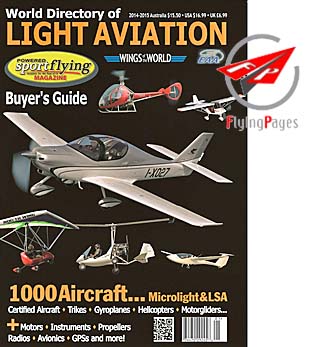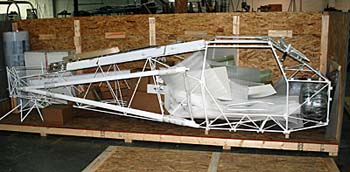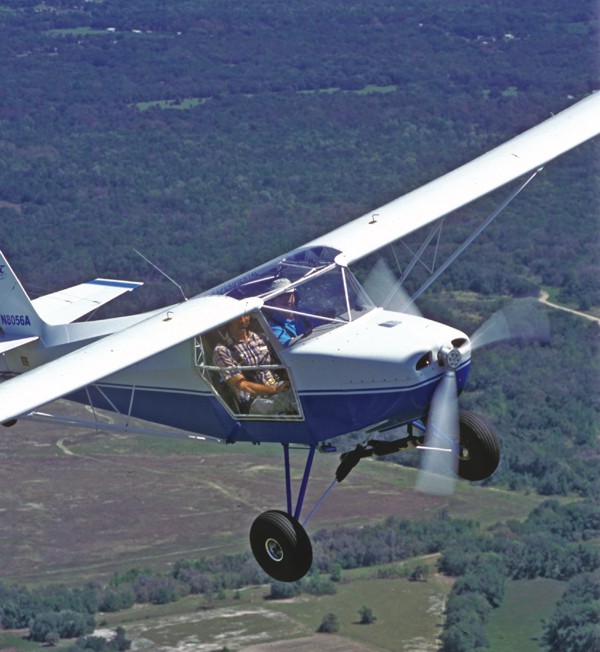
Summer’s big show is over and most aviation business folks are back home having that love/hate affair with email that piled up while we worked the event. On whole, the success story is strong. Airplanes sold, crowds were good, accidents were few, and the weather was not smoking hot like it has been in years past (though brief rain showers kept folks dashing for cover on occasion). EAA says attendance was up from last year, that the numbers of airplanes was higher, and that campgrounds reached capacity by midweek. EAA’s special 10th Anniversary of Sport Pilot/Light-Sport Aircraft Exhibit drew well all week with 17 aircraft representing all sectors within the SP/LSA space. Visitors could hardly miss the wonderfully central space AirVenture planners offered for this one-year display. With the front corners presenting a bright green Van’s RV-12 plus the freshly debuted MVP seaplane attendees were practically compelled to wander the space and see all the flying machines.












































































